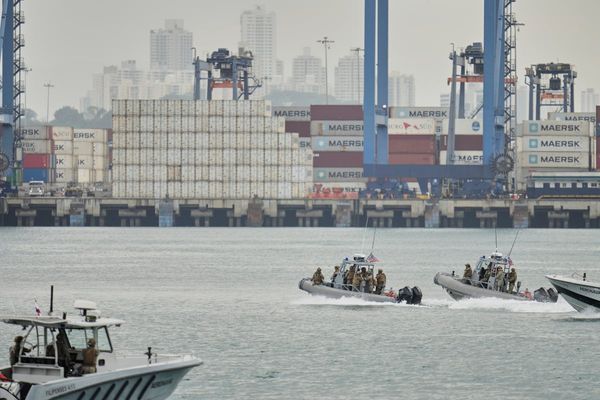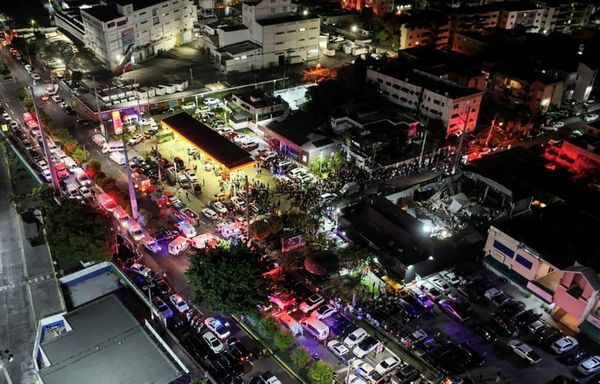
Featuring a Peruvian pilgrimage and foraging in the Volcanic Lakes and Plains
A food pilgrimage to Peru
His restaurant in Lima, Central, took top spot in this year’s World’s 50 Best Restaurants list – but the Peruvian chef Virgilio Martinez’s outpost in the Andes, Mil, makes for a yet more remarkable “foodie pilgrimage”, said Paul Richardson in the FT.
- SEE MORE 46 food trends of 2023: deep-fried jam sandwiches and picnic tips
- SEE MORE 10 travel trends of 2023: sleep tourism, champing and tea bags
Perched at almost 4,000 metres above sea level, among “jagged”, snowcapped peaks, this low-slung, “rustic-beamed” building is not only a wonderful restaurant, but also the “fieldwork headquarters” for Martinez’s research into the indigenous ingredients – many of them thrillingly unfamiliar to European palates – that distinguish his cooking.
The menu focuses on eight separate ecosystems, from Peru’s coastal desert to its tropical rainforest, but Martinez says it’s the high mountains, “their Inca heritage and their unique rural culture” that fascinate him most.
At Mil, his team of “ethno-botanists, anthropologists and taxonomists” have worked with local villagers to chart the region’s natural produce and its traditional culinary and medicinal uses.
Chief botanist Manuel Contreras (who doubles as a “wizardlike” cocktail mixologist) will take you on a foraging trip amid a “Cézanne-like” patchwork of fields, letting you taste the citric leaves of the oca plant and pointing out the cushuro – a caviarlike algae – that grows in the region’s springs.
Slow cookery retreat in rural Japan
Cities “loom large and shine bright” in Japan, drawing in ever more people from the countryside. But traditional craftspeople and artisanal food producers still flourish in rural areas, said Maggie Shipstead in Condé Nast Traveller.
In Saga prefecture in Kyushu, the southernmost of Japan’s four islands, the Mirukashi Salon runs small-group trips for guests keen to explore the region’s rich culinary life. The central focus is on foraging and cooking – “a long, meditative process” – at home with founders Prairie StuartWolff (who moved here 15 years ago from Maine) and her wife, Hanako Nakazato, a ceramicist from a “legendary” family of local potters.
But guests visit restaurants too, including the “lauded” Arutokoro (a renovated farmhouse where chef Sunao Hirakawa cooks multi-course kaiseki meals for just two tables per night), and Kawashima, which was founded two centuries ago and serves only tofu, in many different forms.
There are also trips to food producers, such as a maker of nori, who will take you out to see this algae (used in wrapping sushi) growing on tens of thousands of nets in the Ariake Sea.
Eating and foraging in southern Australia
Just inland from Australia’s spectacular Great Ocean Road lies the largest volcanic plain in the southern hemisphere. Extending for 100 miles, this region west of Melbourne – known today as the Volcanic Lakes and Plains – is a gastronome’s delight, said Sofia Levin in National Geographic Traveller, with its varied produce and burgeoning wine scene.
At the Aquaculture Centre next to Tae Rak (Lake Condah), you can try the smoked eels that the Gunditjmara people have long produced here. And in the “lush” surroundings of Tower Hill Lake, you can go foraging for native ingredients with guides from Worn Gundidj, an Aboriginal social enterprise.
Some of these plants (such as crushed wattleseed, with its “nutty, coffee-like flavour”) are served with local, artisanal Timboon Fine Ice Cream at the nearby visitor centre. Westwards lies the Henty wine region, which is home to some wonderful small wineries known for “elegant reds with subtle spice” and “whites filled with zesty minerality”.







